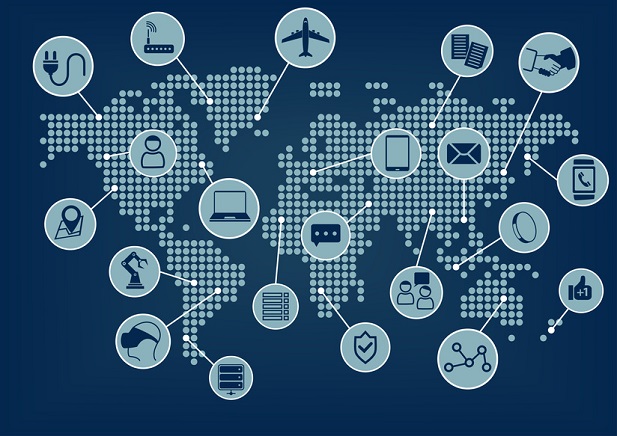The creation of the first NB-IoT lab, fresh deployments, a warning to treat it as a marathon and not a sprint, and yet more predictions have emerged as the Internet of Things looks set to dominate next week’s Mobile World Congress .
Vodafone and Huawei have launched the NB-IoT Open Lab initiative to drive innovation and promote the ecosystem. Both companies will explore the likes of network solution verification, new applications, device integration, research into business models and certification of product compliance.
Luke Ibbetson, Vodafone Group R&D Director and Chairman of the NB-IoT Forum, said: “We’re delighted to be partnering with Huawei in the creation of this new Open Lab facility for NB-IoT. As the technology moves towards commercial deployment in early 2017, it’s essential that we start building a strong ecosystem with developers and solution providers.”
David Wang, President of Wireless Product Line at Huawei, added: “Having successfully gained industry recognition, we will now continue to work closely with Vodafone to build a joint roadmap for the continuous evolution of the NB-IoT Open Lab to create innovative solutions to build a better connected world.”
[Read more: NB-IoT in need of maturity as LPWAN goes global]
In December, both companies completed the first commercial trial of pre-standard NB-IoT. The tech is seen as operators’ best way of powering low-powered, wide area networks. Standardisation is expected to be completed in the coming months.
Meanwhile, the Chairman of oneM2M’s technical plenary has said vendors need to treat the IoT like a marathon, instead of a sprint and focus on collaboration.
The global standards initiative said unless customer-centric thinking is behind telcos’ IoT strategy, the sector’s potential growth will be thwarted and the industry left with a fragmented landscape.
Omar Elloumi, who is also part of Nokia’s corporate CTO group, said: “The time required to create globally harmonised standards can create frustration for many of us, but this is nothing compared to the frustration consumers and industries will experience if their newly installed IoT system requires multiple controls for multiple devices and actually complicates their lifestyle or operations rather than simplifying them.”
He added that only “detailed and well-documented” specifications can overcome potential problems around security.
[Read more: IoT community “sleepwalking” into world of risk, Telefonica claims]
Elsewhere, Sigfox said it would launch an IoT network in Germany by the end of next year, with the world’s fourth largest economy becoming the vendor’s 14th market.
Sigfox said it is already working with German silicon vendors, hardware manufacturers and distributors to pave the way for launching a nationwide network.
The technology will be used in low power, wide area networks, with Sigfox’s tech one of the rivals to the cellular NB-IoT standard.
Stuart Lodge, Sigfox’s Executive Vice-President for Global Sales and Partners, said: “Germany is a very important market for Sigfox and our commitment to deploy a national network reflects this. Sigfox is building a strong ecosystem of partners across the IoT value chain and Germany has many market-leading companies whose influence extends worldwide.”
Predictions about the potential of the various IoT markets are sure to be part of next week’s Mobile World Congress. Several companies have come out early, with TeliaSonera predicting the Nordic markets will have 150 million connected devices by 2020, more than five per person.
A report by the operator and Arthur D Little said connected cars will fuel a lot of the growth. TeliaSonera said that sector showed how connectivity could transform a market and disrupt existing business models.
Hans Dahlberg, Head of TeliaSonera Global IoT Services, said: “It’s still early days and we’ve yet to see all the fantastic possibilities IoT will bring. But we do know that this revolution will bring great new opportunities for people, business and society at large. Homes will be safer, cities smarter and business better. When things connect and communicate they become platforms for change.”
Machina Research said the IoT would account for a quarter of the 41 million 5G connections it is predicting will be present by 2024. It also identified connected cars as the key market, with Japan and Korea leading the way.
Research Director Matt Hatton said: “The impending arrival of 5G will also surely make MNOs revisit their approach to 2G and 3G networks. Up until now most operators around the world, most notably in Europe, have been silent on the issue of the sunsetting of 2G or 3G networks.
“With the impending addition of a fourth air interface, we would expect more MNOs to make the leap and switch off the older generations.”



